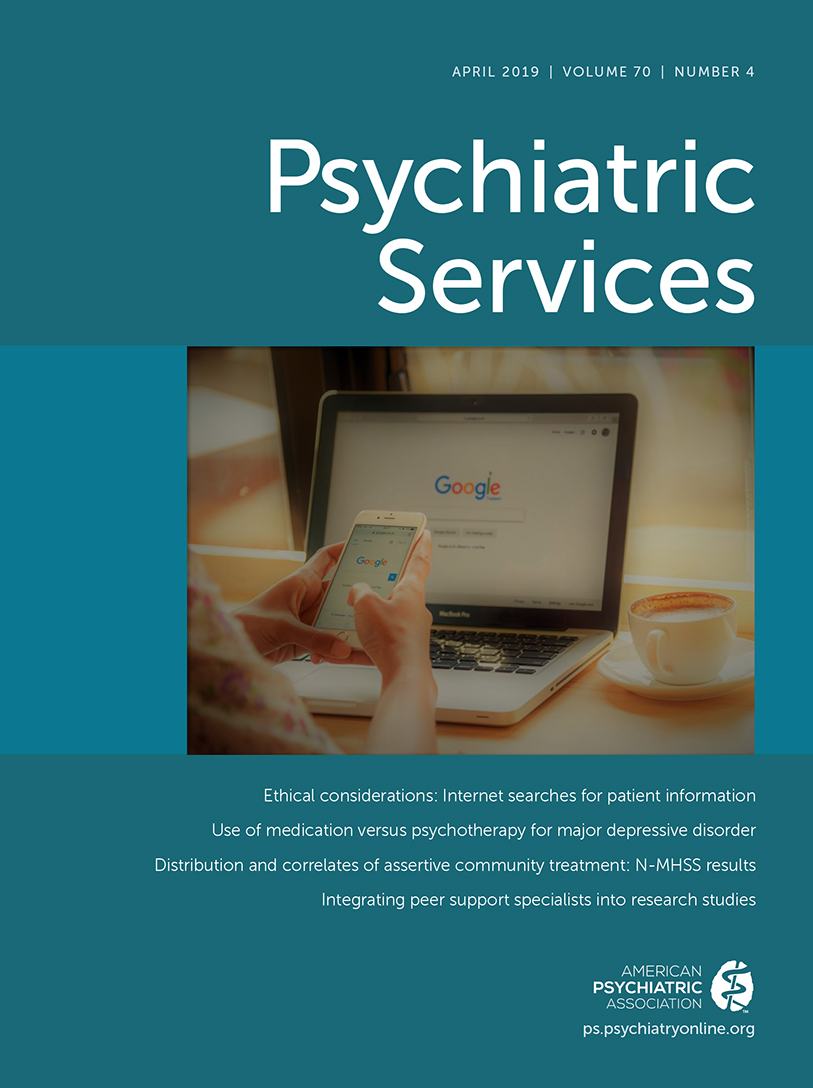Caught in the “NEET Trap”: The Intersection Between Vocational Inactivity and Disengagement From an Early Intervention Service for Psychosis
Abstract
Objective:
Given the benefits of early intervention for psychosis and the social disengagement of youths not in education, employment, or training (NEET), this study sought to examine how being vocationally inactive (NEET) affects engagement in early intervention services. Both baseline vocational status and vocational trajectory in the first year of treatment were analyzed.
Methods:
Data from 394 patients of a Canadian early intervention service were analyzed using time-to-event and Cox proportional hazards regression analyses. Two-year disengagement rates were compared between patients who were vocationally inactive and active at baseline and between those who remained vocationally inactive until month 12 and those who were vocationally inactive only at baseline. Pertinent sociodemographic (age, sex, visible minority status, social and material deprivation indices, and family involvement), and clinical (duration of untreated psychosis, substance use disorder, medication nonadherence, and baseline positive and negative symptoms) factors were considered.
Results:
There was no statistically significant difference between the disengagement rates of those who were vocationally inactive (N=154) and those who were vocationally active (N=240) at baseline. Those who remained vocationally inactive at month 12 (N=77) were likelier to disengage in the second year than those who were vocationally inactive only at baseline (N=48) (χ2=5.44, df=1, p<0.05). This comparison remained significant in the regression analysis (hazard ratio [HR]=8.52, 95% confidence interval [95% CI]=1.54–47.1). The association of disengagement from services with lack of family contact with the treatment team (HR=3.91, 95% CI=0.98–15.6) and with greater material deprivation (HR=1.03, 95% CI=1.00–1.07) trended toward significance.
Conclusions:
The functional recovery of youths who are vocationally inactive when they enter services can affect their long-term service engagement and merits targeting by evidence-based interventions.




